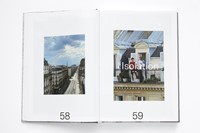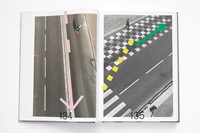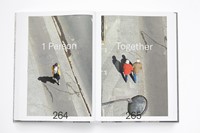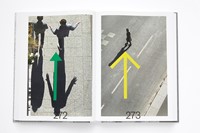View Point is a new book from photographer Thomas Lohr and artist and art director Olu Odukoya, which documents the streets of Paris during lockdown
Photographer Thomas Lohr had been living in Paris for two months when the city went into lockdown, brought on by the novel coronavirus. Lohr was living alone and took to observing the new normal Parisians were living through from his balcony, eventually taking pictures of passersby to share on Instagram. “I gave an interview before the lockdown claiming that I wouldn’t be able to be creative staring at a wall in front of me, and then ended up shooting a 608-page book,” the photographer tells AnOther, referring to View Point, a new publication created in collaboration with artist and art director Olu Odukoya which collates Lohr’s balcony-shot images taken over 56 days in lockdown.
Lohr and Odukoya are friends but had not worked together before, and lockdown afforded them the opportunity to collaborate. “The uniqueness of this moment, strangely, made it possible,” says Odukoya. Lohr gave Odukoya “total creative freedom” with his photographs, and the result is a playful, hopeful and somewhat familiar document of the strange times much of the world has been living through.
Characters appear and reappear throughout the book, all seen from Lohr’s apartment – “watching people from afar is like watching a movie in real time and helped me deal with the new situation,” he says – and Odukoya added layers of graphic interventions, phrases and symbols, both drawing on the work of late artist John Baldessari and playing on the social distancing signs we’ve all become so familiar with. “The importance placed on these types of symbols and statements demanding space and distance from pedestrians almost elevated them and gave them a sense of artistic integrity,” says Odukoya.
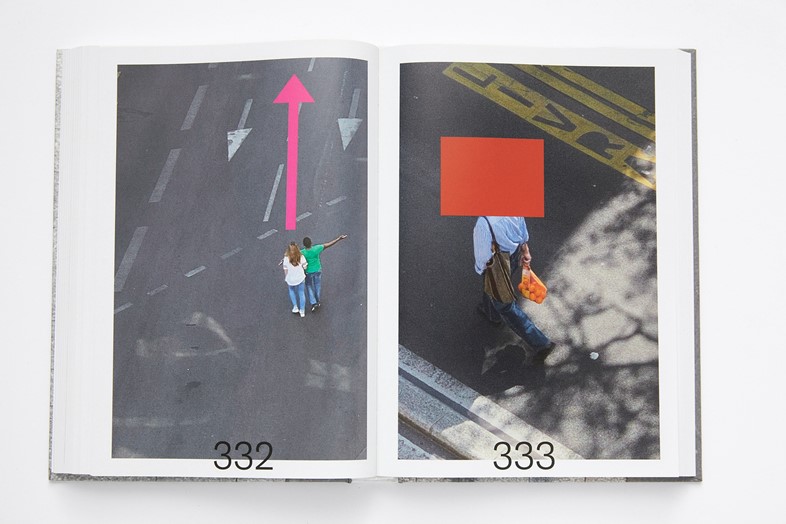
“The reason I went back to John Baldessari as an important reference within photography and art is that when I agreed to the project, I’d never seen the materials before, though I did know what they were about because we’re all going through this same moment,” he continues. “Separated from the intentions and emotions of the photographer, I treated the images like found material. That is where Baldessari inspired me: he used found images and applied a red or yellow dot in order to change their meaning. This was my intention. Semiotics was also an important part of the process, because I wanted to revisit how meaning was produced in the advertisements of the late 90s.”
The signs and symbols introduced by Odukoya might indicate the path of a passing jogger, or the (sometimes not quite) two metre distance between people walking. View Point captures a time during which people in major cities had to readjust their daily lives, and slow down. “I want people to enjoy all the little stories happening in the book,” says Lohr. Odukoya adds: “It was easy to go down a route of doom and gloom with the book, due to the topic, but I felt the approach with the design – the bright colours, the edit of the images – speaks to hope and human strength.” The proceeds from View Point will go to Sirkhane Darkroom, a mobile photography school run by a young photographer on the Turkish/Syrian border that works with underprivileged children in south-east Turkey.
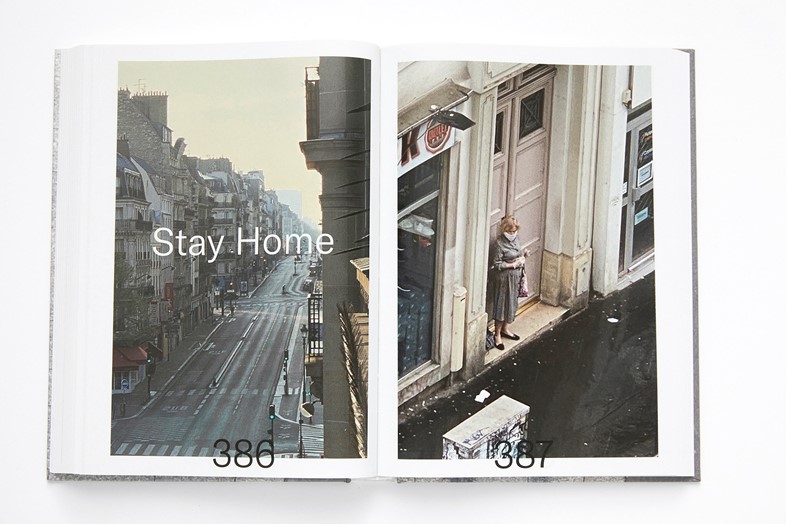
“They are like little stories that stick in my memory even though the actual feeling of the quarantine starts to fade,” reflects Lohr, describing how it feels to look back on the photographs he created not long ago during the height of Paris’ lockdown. For both Lohr and Odukoya, View Point is both a personal and universal project. “My intention was for it to always live beyond this unique time,” says Odukoya. “I hope in years to come, the discussions around the book won’t simply be about the pandemic, but more about how the necessity for human connection outweighs everything.”
View Point by Thomas Lohr and Olu Odukoya is out now.

